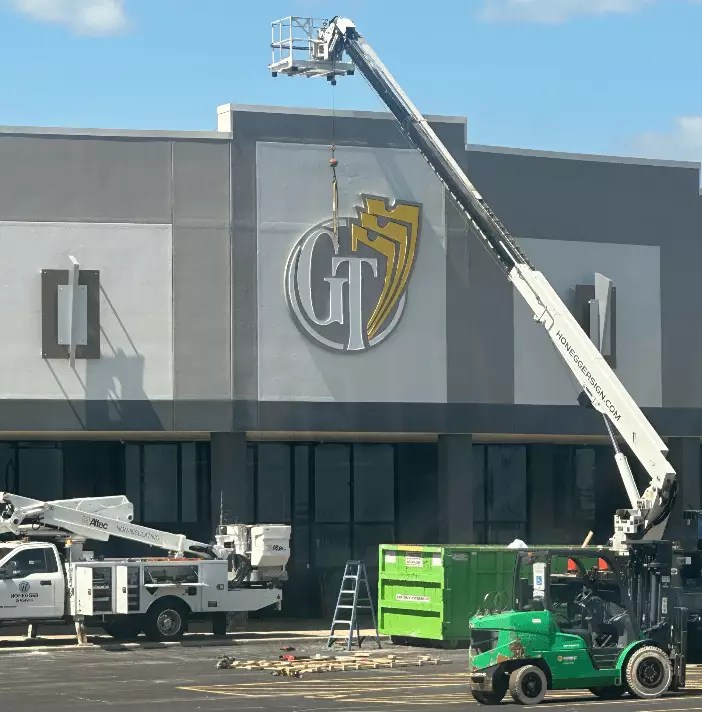In an era where digital streaming services threaten traditional movie theaters, the entertainment industry in North America is demonstrating remarkable resilience and foresight by channeling over $1.5 billion into upgrading and expanding their venues within just a year. This substantial financial injection underscores a strategic pivot from mere preservation to reinvention, positioning theaters not just as places to watch movies but as immersive entertainment hubs. Industry leaders, including the major chains that contribute significantly to this investment, are proactively responding to evolving consumer preferences—particularly the younger demographics craving premium experiences that surpass the comfort of their homes.
This surge in spending signals a confident industry eager to adapt and thrive, aligning with the broader cultural shift towards experiential entertainment. The theatrical experience is no longer solely about watching a film; it is about engaging audiences with sophisticated technology, upscale amenities, and diverse activities that transform cinemas into social and recreational centers. The commitment from theater owners also reflects an understanding that these investments are not only about enhancing viewer enjoyment but also about invigorating the communities they serve. As theaters update infrastructure, they bolster local economies and create employment opportunities, making their revitalization a powerful catalyst for regional development.
Strategic Investments Foster Enhanced Audience Engagement
The types of investments being made reveal a deliberate focus on elevating the audience experience. Digital projection and superior sound systems are paramount, but the upgrades go far beyond that. The rise of multiplex entertainment centers combining cinemas with activities such as axe-throwing, bowling, and arcades signifies an innovative approach to keep venues relevant in a competitive leisure landscape. These diversified offerings turn cinemas into multi-sensory atmospheres that attract families, millennials, and Gen Z audiences who seek more than just a film—they desire a full-fledged social outing.
Furthermore, the incorporation of dine-in services, lobby bars, and even kitchens marks a shifting paradigm toward creating social environments where film viewing can be complemented by quality food and beverage options. With dine-in sales accounting for approximately 10% of box office revenue, the industry demonstrates confidence that a more luxurious, lounge-like experience will appeal to modern moviegoers. This strategic move not only increases revenue per attendee but also adds a layer of exclusivity that appeals to audiences accustomed to lifestyle-oriented entertainment options.
Premier chains like Regal, AMC, Cineplex, and Cinepolis are leading the charge, investing hundreds of millions of dollars specifically into flagship locations in major markets. These investments represent both restoration of existing theaters and groundbreaking new builds, often incorporating community-specific features that reflect local tastes and needs.
Reimagining Cinemas as Cultural and Social Anchors
Beyond technological upgrades, the renewed focus on aesthetics and ambiance is informing the design of modern theaters. The introduction of lavish lobby spaces, full-service bars, and even kitchens transforms cinemas into communal gathering spots that foster longer stays and repeated visits. These enhancements are essential in revitalizing the perception of theaters from transient venues to immersive, social destinations.
The industry’s belief that cinemas are “Main Street” institutions underscores a broader cultural insight: the survival and growth of theaters hinge on their ability to serve community needs and foster local pride. Smaller independent theaters, like the historic Ojai Playhouse or the California venue renovated by a passionate buyer, demonstrate how targeted investments can breathe new life into legacy sites. These projects showcase a ripple effect—local architects, construction firms, and vendors all benefit from the increased activity, illustrating that cinema restoration is an ecosystem supporting regional economies.
This evolution suggests that theaters are no longer just conduits for film; they are becoming critical social infrastructure that stimulates community interaction, supports local small businesses, and provides jobs. As such, the ongoing investments reflect a strategic acknowledgment that cinemas can contribute meaningfully to the social fabric—if they are positioned as engaging, innovative, and community-centric spaces.
The substantial financial commitments across North America mark a pivotal moment in cinema history. It is a bold declaration that the future of movie theaters is rich with potential—if they embrace reinvention and community engagement. This reinvigoration offers a compelling counter-narrative to the decline predicted by digital streaming, illustrating that when done thoughtfully, the cinema experience remains a vital, vibrant, and beloved form of entertainment.
